History
GHQ Line
During World War II, a series of defensive lines known as the General Headquarters Line, often abbreviated as GHQ Line, were constructed. These were a system of defensive fortifications and obstacles designed to protect key areas of Britain from potential German invasion. The Red Line was a notable part of this network.
GHQ Line Overview
The Stop Lines were constructed as part of the Defence of Britain to contain enemy armoured forces during the Second World War, being essentially anti-tank lines with a continuous anti-tank obstacle formed by a waterway, artificial ditch, a line of concrete obstacles or a railway embankment. Within Berkshire, GHQ Line Blue was built from a junction with Line Green in Wiltshire and followed the line of the Kennet and Avon Canal to Theale. To its rear was Line Red which joined the course of the River Thames from Abingdon to Pangbourne, and then south through the Sulham Valley. Most structures were built between 1940 and 1941, after the defeat at Dunkirk in May 1940.
Purpose
The GHQ Line, including the Red Line, was designed to delay and hinder the advance of any invading forces, buying time for the British Army to organise and mobilise for a counterattack. The Red Line, in particular, aimed to create a formidable barrier against any German attempts to advance into the vital industrial and population centres of southwestern England and South Wales.
Construction
The construction of the Red Line involved a variety of fortifications and obstacles:
- Anti-tank ditches: Large ditches were dug to prevent the advance of enemy tanks. These ditches were often supplemented with barbed wire and other obstacles to impede infantry.
- Concrete pillboxes: Small, sturdy structures were built along the line to house machine guns and small artillery pieces. These pillboxes provided defenders with cover and firing positions.
- Anti-tank obstacles: Various anti-tank obstacles were placed strategically to slow down or halt armored vehicles. These included concrete blocks, metal rails, and other barriers.
- Field fortifications: Trenches, bunkers, and other field fortifications were constructed to provide cover for infantry forces.
Legacy
Ultimately, the GHQ Line, including the Red Line, was never put to the test in large-scale combat, as the German invasion of Britain never occurred. However, these defensive preparations played a crucial role in boosting morale and preparedness during a critical time in the war.
Today, remnants of the GHQ Line, including some pillboxes and anti-tank obstacles, can still be found in parts of England. They serve as a reminder of the immense efforts taken to defend Britain during World War II and the ingenuity of the defensive strategies employed.


